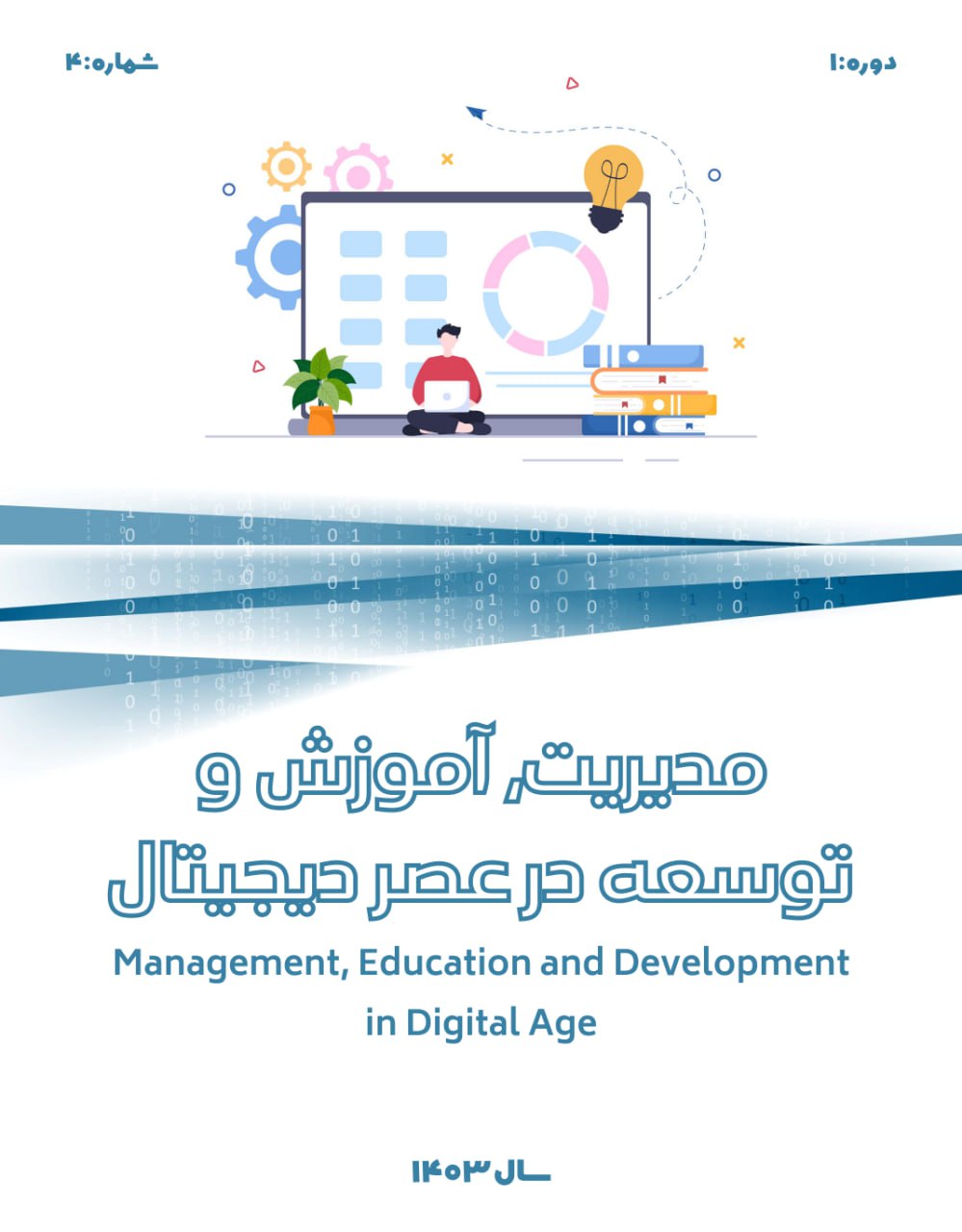Designing a Faculty Empowerment Model at Lorestan University of Medical Sciences: A Mixed-Methods Approach
Keywords:
Empowerment, faculty, causal factors, interventionists, background conditions, strategies, consequences, outputsAbstract
The present study aims to design a faculty empowerment model for Lorestan University of Medical Sciences. The research method is applied in terms of purpose, employs an exploratory mixed-methods design (qualitative-quantitative) in terms of data collection, and follows a systematic grounded theory (paradigmatic approach) in the qualitative phase while adopting a cross-sectional survey approach in the quantitative phase. The qualitative sample consists of experts in educational management and medical sciences, all holding Ph.D. degrees. The quantitative sample includes faculty members of Lorestan University of Medical Sciences, totaling 309 individuals (137 women and 172 men). In the qualitative phase, a purposive theoretical sampling method was employed, leading to the selection of 15 experts, reaching theoretical saturation. In the quantitative phase, the sample size was determined using Morgan’s table, resulting in the selection of 172 faculty members (76 women and 96 men). The measurement tool was developed after conducting open and axial coding, structured into a form that was sent to experts for selective coding validation. Based on this process, a researcher-developed questionnaire was designed and randomly distributed among the statistical sample. The collected data were analyzed using descriptive and inferential statistics. Ultimately, five dimensions, 17 components, and 104 indicators were finalized for designing the faculty empowerment model at Lorestan University of Medical Sciences. After final validation and prioritization by experts, the dimensions, components, and indicators of the model were mapped, and the finalized model was revalidated by experts.
Downloads
Downloads
Published
Submitted
Revised
Accepted
Issue
Section
License
Copyright (c) 2024 مژگان ساکی (نویسنده); عباس خورشیدی; بتول فقیه آرام, اسد حجازی, مریم رضایی (نویسنده)

This work is licensed under a Creative Commons Attribution-NonCommercial-NoDerivatives 4.0 International License.









